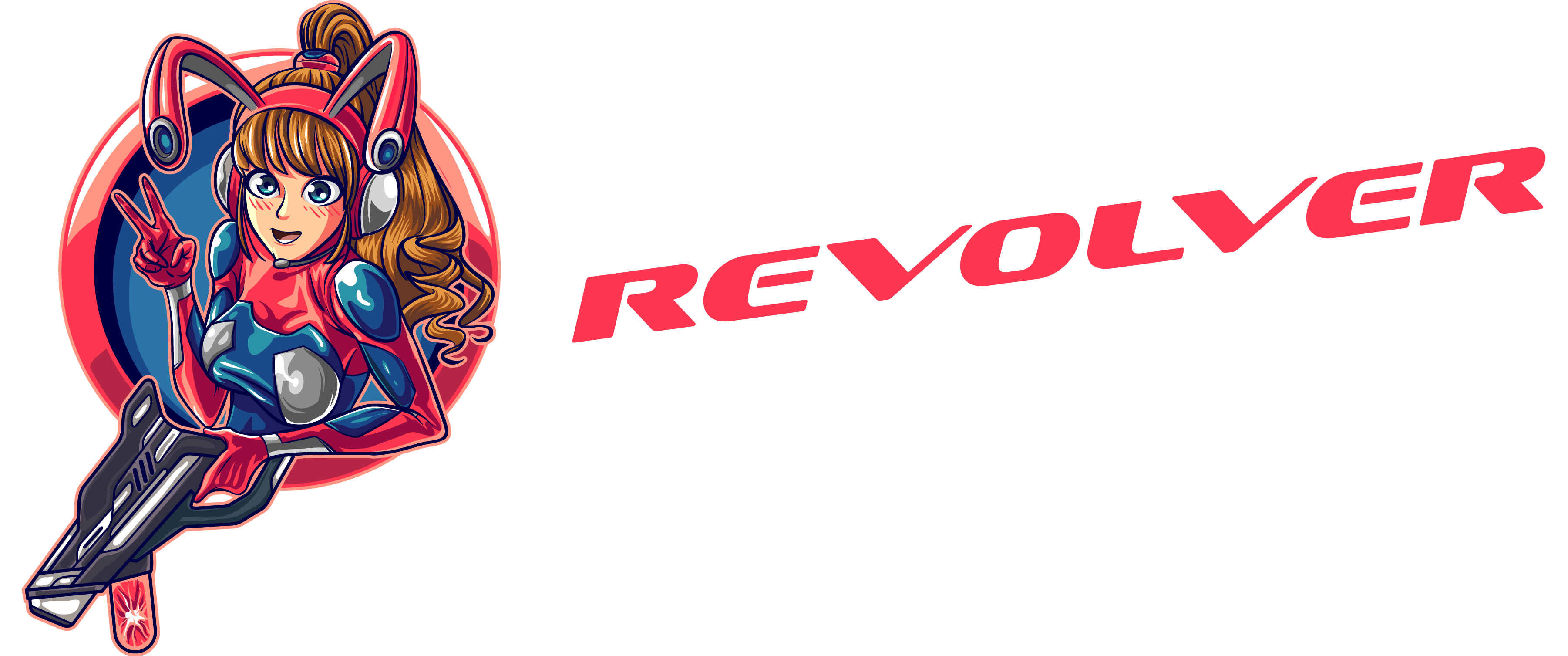Decentralized apps serve various functions, from financial transactions to voting systems and supply chain management. If you want to use DApps for your business, you’ll need to decide if you want to build them on the Ethereum blockchain or the Tron blockchain. Both are prominent platforms for dApp development and deployment. This guide will provide the pros and cons of each option to help you make an informed decision.
Comparing Tron with the Ethereum blockchain
Both Ethereum and Tron are great blockchain platforms that make them suitable for dapps. They have been used for multiple platforms. Read more about Ethereum casino by clicking here.
Ethereum
When the Ethereum blockchain was launched in 2015, it boasted the potential to serve as the framework of a new decentralized internet. It introduced smart contracts, which fully support decentralized applications, making it a better option than Bitcoin, which focuses mainly on payments.

The Ethereum platform is programmable, open source, and resistant to censorship. This open-ended nature has made it a hub for innovation. Currently, there are decentralized credit services, data markets, financial exchanges, and blockchain-enabled web browsers on the Ethereum Blockchain. This amounts to more than $22 billion worth of digital assets. Compared to Tron, is it a better blockchain for dApps? Let’s get into the main points for and against.
- Transaction fees: This platform has high transaction fees and may be considerably slower than Tron. High transaction fees affect dApps in many ways. For one, when the network is congested, the fees will be higher, and users may avoid using dApps to reduce their overall costs. In other cases, the dapp developers may need to subsidize the fees or increase them to break even.
- Open source: As mentioned earlier, the Ethereum blockchain is open source, which gives it an advantage over dApps. For one, it means that the code can be examined and verified as free from any malicious content. After dapps are deployed on the Ethereum blockchain, they cannot be taken down or altered. This promotes reliability and permanence in the long run. Users of the dapps in this blockchain also control their digital identity and data. This is mostly because the dapps are controlled by logic in the smart contract.
- Consensus mechanism: Ethereum uses the proof-of-stake mechanism after switching from proof-of-work in 2022. This consensus is more decentralized and secure and makes it a robust platform for dapps. The PoS system allows validators to check the validity of blocks and create new blocks. It aims to improve energy efficiency and reduce centralization risks.
- Ecosystem: Ethereum’s ecosystem plays a role in making it more robust for dApp deployment. It has a large developer community and documentation for developers, making the process seamless. Also, the Ethereum ecosystem has a wide range of apps in gaming, decentralized finance, and many others, showing that the system works.
- Security: Besides having a superior consensus mechanism, Ethereum has also improved its security over the years. After the DAO breach in 2016, the blockchain implemented measures to make it hack-proof in the future.
Tron
Tron, despite being a newer blockchain, is also a good platform for dApp deployment. It offers developers a suite of tools, such as the Tron virtual machine, to ease the process of building and deploying dapps on the blockchain. The virtual machine is a Turing-complete machine that executes smart contracts. It was designed to attract developers who are familiar with Ethereum and want to move dApps without moving to a strange system.
The Tron Studio also helps developers to build and deploy dapps. So far, it has DeFi dapps, games, and chain sweep aggregators on its blockchain, among others. It has proven to be a reliable platform for deploying dapps in recent times.

Let’s compare some of the main highlights of this blockchain.
- Speed: The Tron blockchain has a fast block time of 3 seconds for new block creation. It can also handle 2,000 transactions per second, making it highly stable. For dapps that require fast and frequent transactions, it is a better option.
- Consensus mechanism: Tron uses a delegated proof of stake consensus mechanism, unlike the PoS that Ethereum uses. This system is more democratized and decentralized than PoS. It requires 27 super representatives to produce blocks for the network. Token holders also vote for delegates to handle maintenance and validation tasks. It makes it more efficient for transaction processing.
- Smart contracts: Tron supports smart contracts like Ethereum. However, its contracts are written in Java and Solidity. Since it is quite flexible, developers may prefer it since they may be familiar with any of the languages.
- Security: Tron is secure. However, Ethereum beats it in this category. Ethereum’s proof of stake is more decentralized than Tron’s delegated proof of stake. Tron’s consensus mechanism restricts the maintenance of the blockchain to 27 super representatives, while Ethereum PoS allows thousands of validators to create blocks. This makes it more decentralized and resistant to censorship.
- Ecosystem: Tron’s ecosystem is still growing, unlike Ethereum, which has a large base. The developer community is also great for Tron, but Ethereum has a more developed community in this regard. While Tron’s ecosystem has documentation to refer to while building dapps, it is not comparable to Ethereum, which has a wide range of documentation for developers.
Both Tron and Ethereum are excellent platforms for dApp development. However, if you need to choose one that offers speed, then Tron may be the better option. The same applies to lower transaction fees and an efficient network with some level of centralization.
On the other hand, Ethereum trumps all for a robust and diverse ecosystem and large developer community. If you’re also looking for high security, this blockchain has the best of the two. The best option here depends on the specific project and its requirements. Hopefully, this guide can help point you in the right direction.

